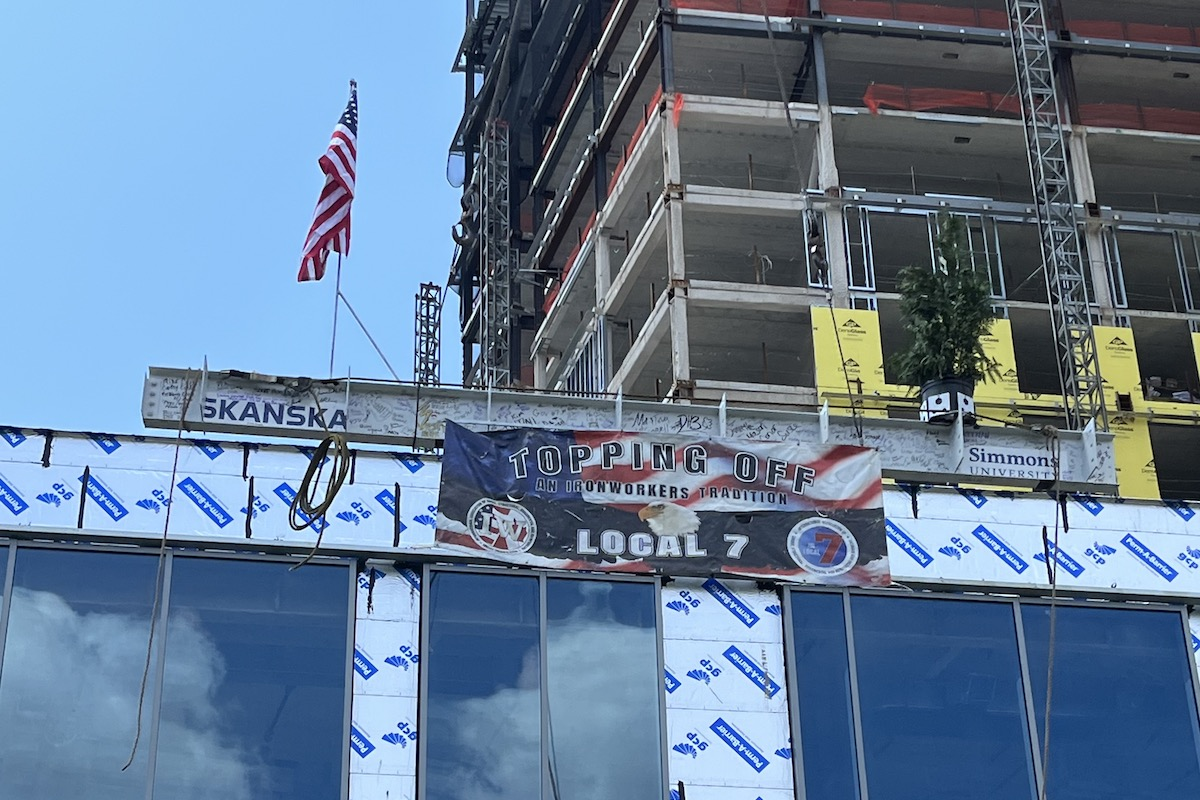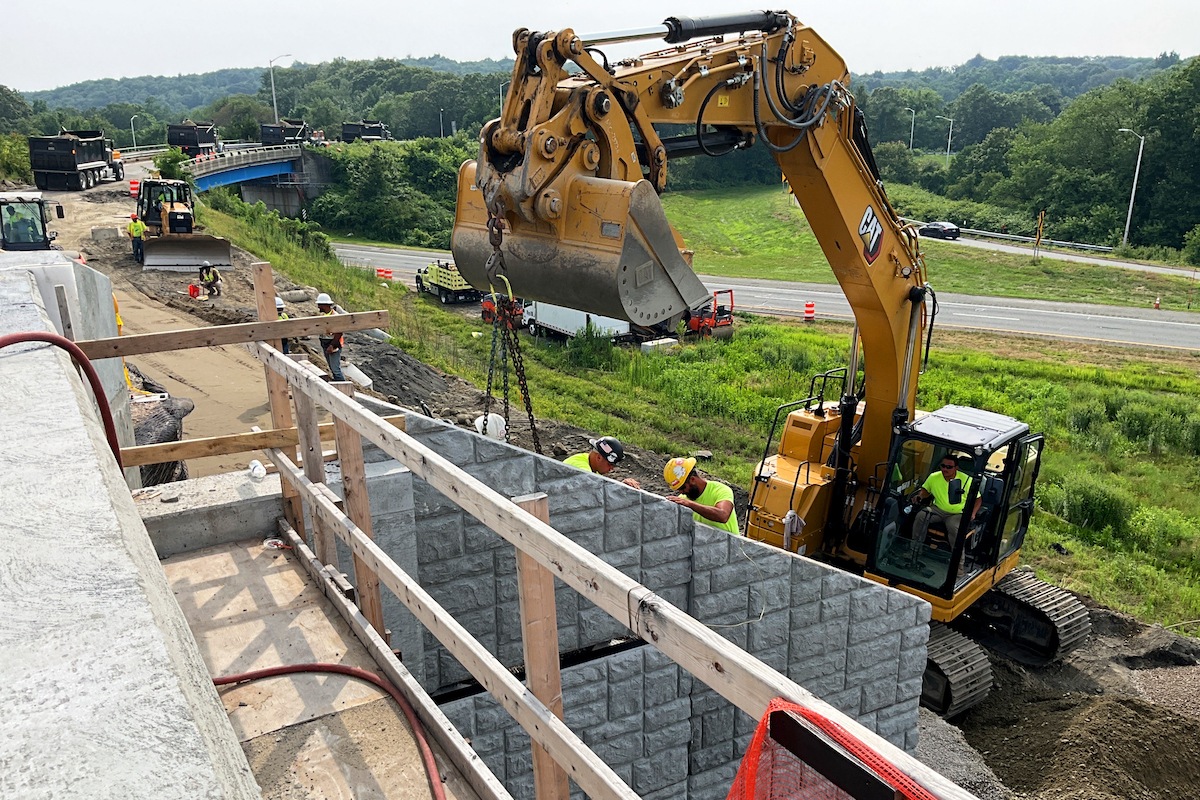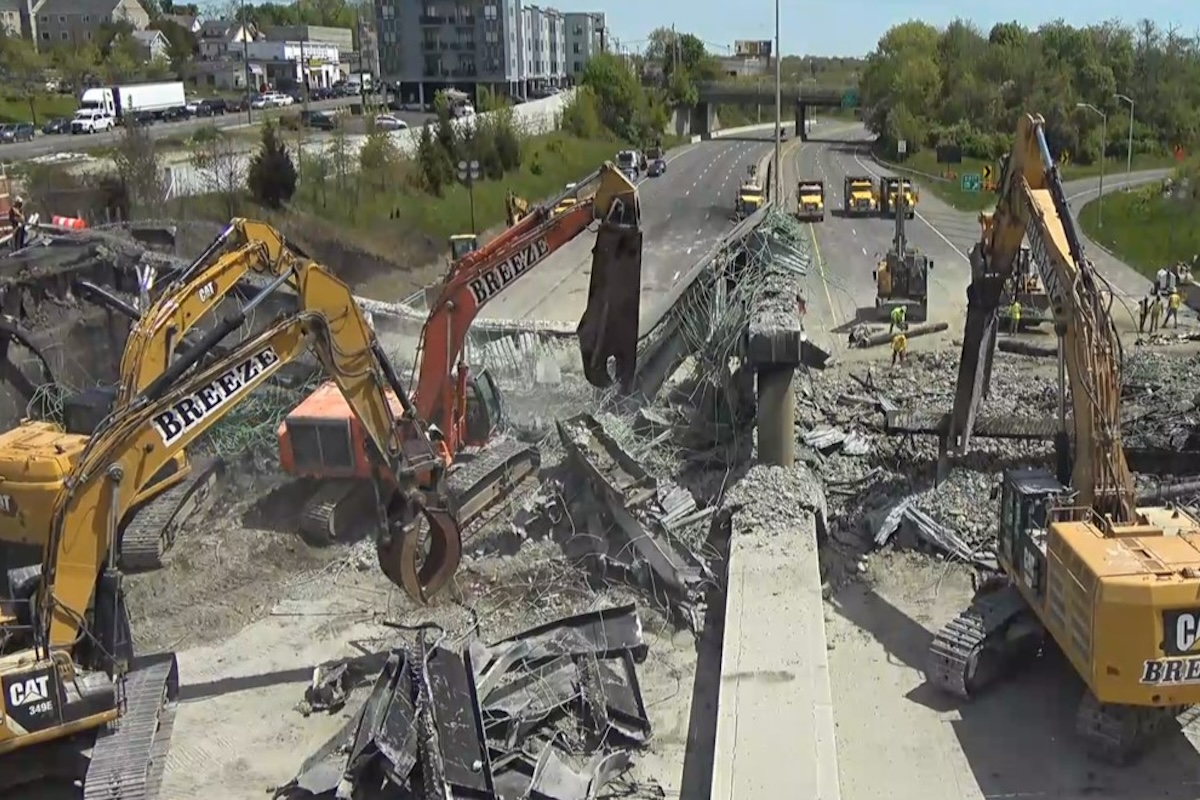While growth in this area represents a tremendous boon to the industry, there is one issue that will become even more problematic as BIM becomes more pervasive in construction and building management: the lack of industry-wide BIM standards.
Even after more than two decades of BIM use, a single, shared process is still lacking. In fact, we now have more standards competing with one another than ever, which essentially undermines what BIM was put in place to achieve – improved efficiencies and reduced costs.
Currently, from a BIM perspective, teams are having to attempt to create predictability around a lot of moving variables. Building codes and standards vary regionally, preferred software, tools and processes differ wildly across clients and other project stakeholders, and material buyout plans range significantly across contractors.
This is creating a lot of inefficiency as new systems, software, protocols, workflows, and component naming conventions have to be learned with every new project simply to speak the same language as other stakeholders involved. This only compounds as more stakeholders – owners, architects, contractors, manufacturers, engineers, and facility managers – enter the fold.

| Your local Trimble Construction Division dealer |
|---|
| SITECH Northeast |
Add to that the fact that there’s no consistency across the materials used. Even something as simple as a valve will vary project to project, impacting not just design teams and contractors, but also the trade labor who has to figure out the intricacies of that specific valve.
But software aside, even simply standardizing the material buyout plan would create a world of difference. Currently, building materials and components vary dramatically from project to project because every contractor has their preferred vendors. From one vendor to the next, materials differ from a size, cost, and logistics perspective. These variations, as slight as they may seem, contribute greatly to the lack of predictability that continues to plague the construction industry. This, in turn, adversely impacts efficiency and cost.
If the industry had a material buyout plan stating, for example, that for hospital projects only these specific parts and materials can be used, then we would only ever need to know the type of project we were dealing with. Right now, however, there is so much variance it’s causing the industry to have to spec every job uniquely and every job takes a different approach to how it’s going to be assembled.
If there’s predictability in material buyout and software, training and tools can be better tailored to the job because there will be more consistency in terms of knowing what you’re going to get from the onset. With standards in a build, when the parts and pieces are the same for specific types of projects, it drives efficiency.
The same applies to BIM tools and software. If the same tools were used across the board, teams wouldn’t have to routinely be trained on new software, avoiding the lag time that comes with learning curves. Over time, as the team grows more skilled in that specific software, efficiency continues to increase.

| Your local Case Construction Equipment Inc dealer |
|---|
| Monroe Tractor |
| Beauregard Equipment |
BIM, when executed right, reduces rework and supports schedule compression – both of which contribute significant, and unnecessary, costs to construction projects. In fact, it’s estimated rework accounts for 5 percent to 13 percent of construction costs and schedule delays.
With BIM, however, much of this can be avoided because it enables clash detection and resolution, provides a detailed and accurate understanding of site conditions prior to work beginning, and supports more efficient schedule coordination. BIM also enables cloud collaboration on 3-D models, which ensures everyone is operating from the most current plan. It also provides insight into the supply chain and an understanding of the materials needed from the start. This helps with scheduling and material coordination – mitigating potential delays in construction due to supply chain bottlenecks.
When everyone is operating from the same set of standards, BIM’s cost- and time-saving benefits will only compound. Using the hospital example above, if we know we’re working with a set of specific parts and materials, and stakeholders across the project are operating from the same set of BIM tools, it will improve communication and predictability.
Where there’s consistency, there’s predictability – and with predictability, there is the opportunity to improve cost and labor efficiency. Why we struggle as an industry and why we struggle from a BIM perspective, however, is because we never know what we’re signing up for when we implement a project. With standards in place, the industry as a whole would realize greater efficiency.
Ron Nauta, Director of VDC/BIM at ZELUS, oversees project efficiency and development of project engagement methods. He also led the development of ZELUS’s VDC division. Nauta has more than 18 years of industry experience and specializes in the utilization of BIM to streamline the design and construction process.

| Your local Esco Corporation dealer |
|---|
| Genalco |




































































